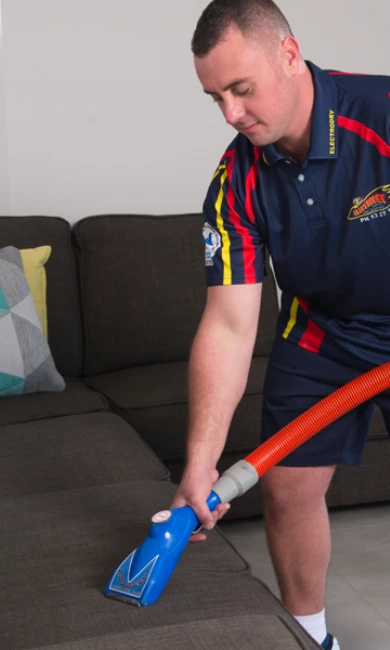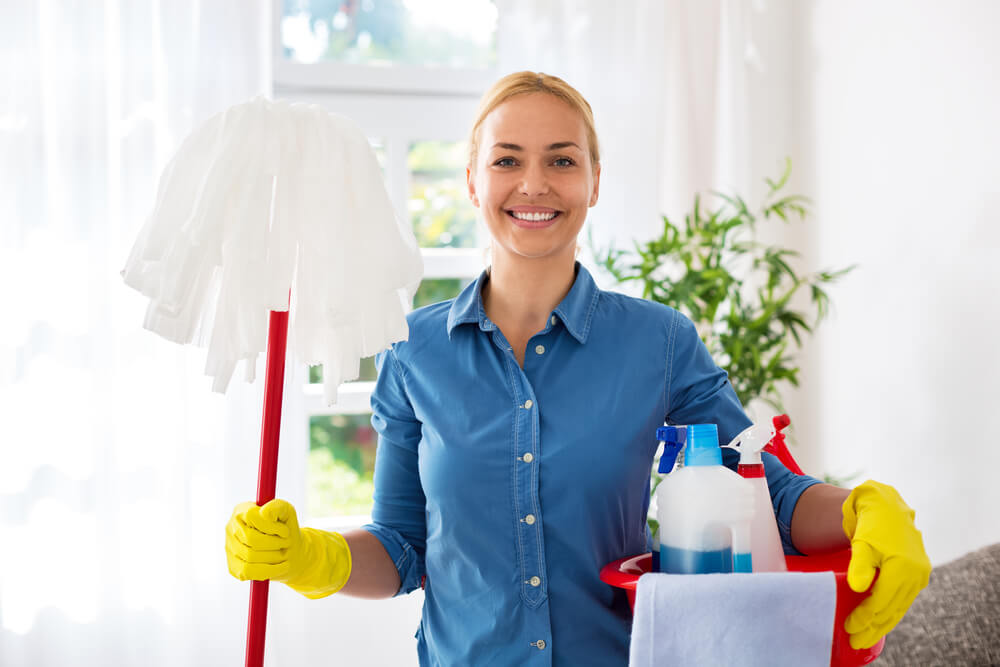How to Keep Your Home Sanitary: Everyday Cleaning Tips for Defrosted and Cleaned Every Few Months
How to Keep Your Home Sanitary: Everyday Cleaning Tips for Defrosted and Cleaned Every Few Months
Blog Article
Understanding the Demand for Completely Sanitizing and Disinfecting Regularly Touched Surfaces in High-Traffic Locations
In the realm of public health and wellness and safety, the precise disinfection and sanitization of regularly touched surfaces in high-traffic locations stand as paramount steps in avoiding the spread of damaging microorganisms. By exploring the numerous elements of surface area sanitation, from the dangers linked with overlooking cleaning methods to the reliable techniques that can be used, a more clear understanding arises of the important role these techniques play in protecting public health.
Significance of Surface Area Sanitation
Emphasizing the complete sanitation of high-traffic surfaces is crucial in keeping a sanitary setting and protecting against the spread of dangerous microorganisms. High-touch surface areas such as door manages, light buttons, elevator switches, and counter tops serve as reproducing grounds for viruses and microorganisms. Regular sanitation of these surfaces is crucial to minimize the threat of contamination and transmission of diseases.
By implementing a durable disinfection protocol, organizations and organizations can produce a more secure setting for site visitors, workers, and consumers. Correct surface area disinfection not only mitigates the spread of infectious conditions yet also instills self-confidence in the sanitation and security of the premises. This aggressive method shows a dedication to health and wellness and health, which is particularly vital in high-traffic areas where the likelihood of exposure to pathogens is increased.
Furthermore, surface area disinfection plays an important function in general infection control approaches. Integrated with hand health methods, using masks, and keeping physical distancing, complete disinfection of high-touch surfaces forms a comprehensive defense versus the transmission of harmful microorganisms. Prioritizing surface sanitation is a necessary component of a holistic approach to health and wellness in shared areas.
Dangers of Ignoring Cleaning Practices
Overlooking comprehensive sanitation of high-traffic surface areas substantially increases the danger of bacterial and viral contamination, posing a serious threat to the wellness and security of people frequenting these spaces. Failing to carry out proper cleansing techniques can cause the accumulation and spread of hazardous microorganisms, including viruses and bacteria, on frequently touched surfaces such as doorknobs, hand rails, elevator buttons, and kitchen counters.

Moreover, overlooking the importance of detailed cleansing not only compromises the health of individuals but additionally undermines efforts to preserve a clean and hygienic setting. It is vital to acknowledge the significance of correct sanitation procedures in protecting against the spread of infections and securing public health.
Reliable Disinfection Approaches
To maintain optimum sanitation and minimize the threat of contamination on high-traffic surfaces, using effective disinfection techniques is essential. Among the most reliable and typical sanitation techniques is making use of chemical disinfectants. These products can differ in toughness and make-up, with some targeting particular pathogens like bacteria or viruses. It is crucial to adhere to the manufacturer's instructions for appropriate dilution, call time, and air flow when making use of chemical disinfectants to ensure their efficiency - defrosted and cleaned every few months.
An additional reliable method is the use of UV-C light. UV-C light has been shown to be efficient in killing a vast array of microorganisms by disrupting their DNA structure, thus preventing them from duplicating. Nonetheless, it is important to make use of UV-C light effectively, making certain that the appropriate intensity and exposure time are applied to achieve the wanted sanitation results.
Furthermore, employing vapor cleaning as a sanitation technique can be very efficient, especially on surface areas that are heat-resistant. Vapor can permeate permeable surfaces this contact form and kill germs, infections, and other pathogens properly. When utilizing steam cleansing, it is very important to guarantee that the surface gets to the called for temperature level for an adequate quantity of time to guarantee proper sanitation.
Influence on Public Health
The maintenance of high requirements of cleanliness and disinfection on high-traffic surface areas plays an important function in securing public health and wellness. Regularly visit this page touched surface areas in areas with high footfall, such as doorknobs, handrails, elevator buttons, and washroom facilities, offer as breeding grounds for damaging virus.
In high-traffic areas like airport terminals, schools, healthcare facilities, and public transport systems, the effect of strenuous disinfection actions can not be downplayed. Focusing on the sanitization of regularly touched surface areas is a positive technique to promoting public wellness and enhancing the safety and security of people in shared rooms.
Carrying Out Normal Cleaning Up Procedures
Quickly instituting and adhering to a constant timetable of cleaning protocols is paramount for keeping the cleanliness and safety and security of high-traffic surface areas. Normal cleaning methods are vital in preventing the accumulation of germs and virus on frequently touched surfaces, especially in areas with high foot web traffic. By executing a methodical technique to cleaning, companies can efficiently lower the danger of condition transmission and produce a much healthier atmosphere for staff members, customers, and the general public.
To establish a reliable cleaning timetable, it is critical to identify high-traffic locations that call for constant attention. These locations may include doorknobs, handrails, elevator switches, restroom facilities, he said and shared devices. Implementing a regular cleaning routine that targets these surfaces multiple times a day can significantly minimize the spread of dangerous microorganisms and viruses.
In addition, using ideal cleaner and anti-bacterials is vital to making sure that surface areas are extensively disinfected. Regular training of cleansing team on appropriate cleansing strategies and the value of adherence to the cleaning timetable is additionally vital in preserving a sanitary atmosphere. By prioritizing regular cleansing protocols, companies can advertise the health and wellness of people who communicate with these high-traffic surface areas.

Final Thought
Finally, it is vital to focus on complete sanitation and sanitization of often touched surface areas in high-traffic locations to stop the spread of dangerous microorganisms and maintain public wellness. Ignoring appropriate cleaning techniques can raise the threat of contamination and transmission of conditions. By implementing regular cleaning methods and making use of reliable disinfection methods, we can develop a much safer atmosphere for everybody (Everyday cleaning). It is imperative to recognize the value of maintaining tidy surfaces in high-traffic areas to make certain the wellness of the community.
In the world of public health and wellness and safety and security, the thorough disinfection and sanitization of often touched surfaces in high-traffic areas stand as extremely important actions in preventing the spread of harmful virus. By exploring the numerous aspects of surface area sanitation, from the dangers connected with overlooking cleansing methods to the reliable approaches that can be employed, a more clear understanding arises of the essential role these techniques play in safeguarding public wellness.In addition, utilizing vapor cleansing as a sanitation approach can be very efficient, specifically on surfaces that are heat-resistant. When making use of steam cleansing, it is important to ensure that the surface gets to the called for temperature level for a sufficient amount of time to guarantee appropriate disinfection.
In conclusion, it is crucial to prioritize extensive sanitation and sanitization of frequently touched surfaces in high-traffic locations to stop the spread of hazardous pathogens and preserve public wellness.
Report this page